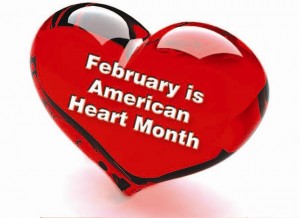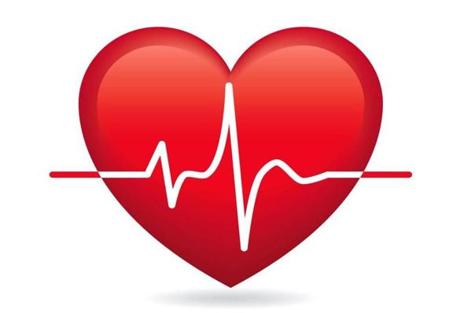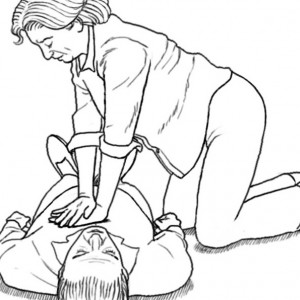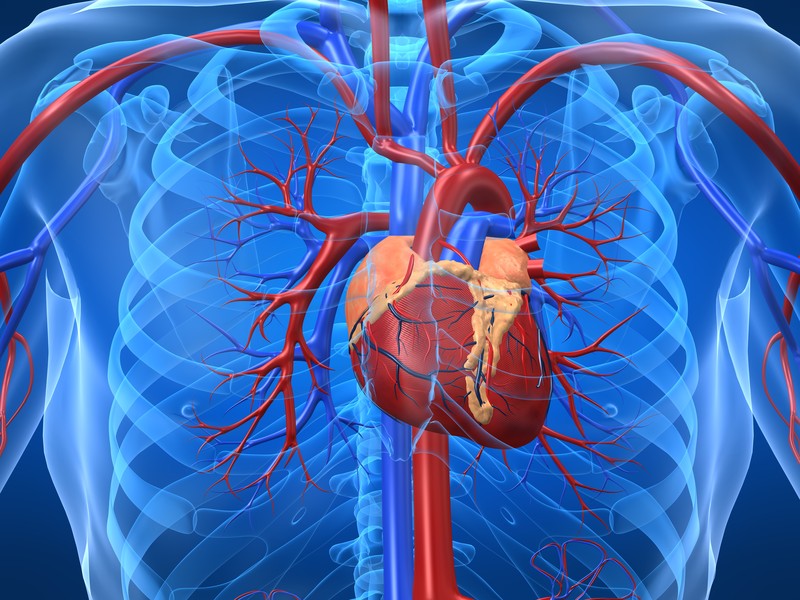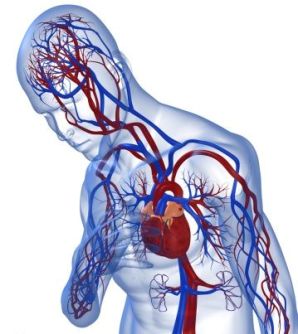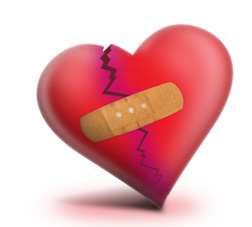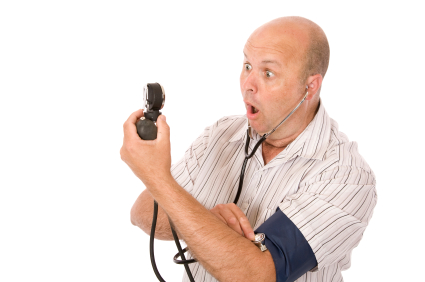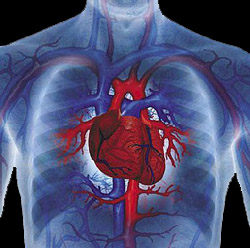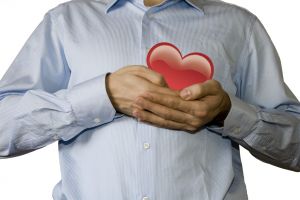 You’re never too young— or too old — to take care of your heart.
You’re never too young— or too old — to take care of your heart.
Preventing heart disease (and all cardiovascular diseases) means making smart choices now that will pay off the rest of your life.
Lack of exercise, a poor diet and other bad habits can take their toll over the years. Anyone at any age can benefit from simple steps to keep their heart healthy during each decade of life. Here’s how:
No matter what your age, everyone can benefit from a healthy diet and adequate physical activity.
- Choose a healthy eating plan. The food you eat can decrease your risk of heart disease and stroke. Choose foods low in saturated fat, trans fat, cholesterol, sodium and added sugars and sweeteners. As part of a healthy diet, eat plenty of fruits and vegetables, fiber-rich whole grains, fish (preferably oily fish — at least twice per week), nuts, legumes and seeds. Also try eating some meals without meat. Select fat-free and low-fat dairy products and lean meats and poultry (skinless). Limit sugar-sweetened beverages.
- Be physically active. You can slowly work up to at least 2½ hours (150 minutes) of moderate-intensity aerobic physical activity (like brisk walking) every week or an hour and 15 minutes (75 minutes) of vigorous intensity aerobic physical activity (such as jogging or running) or a combination of both every week. Additionally, on two or more days a week you need muscle-strengthening activities that work all major muscle groups (legs, hips, back, abdomen, chest shoulders and arms).

